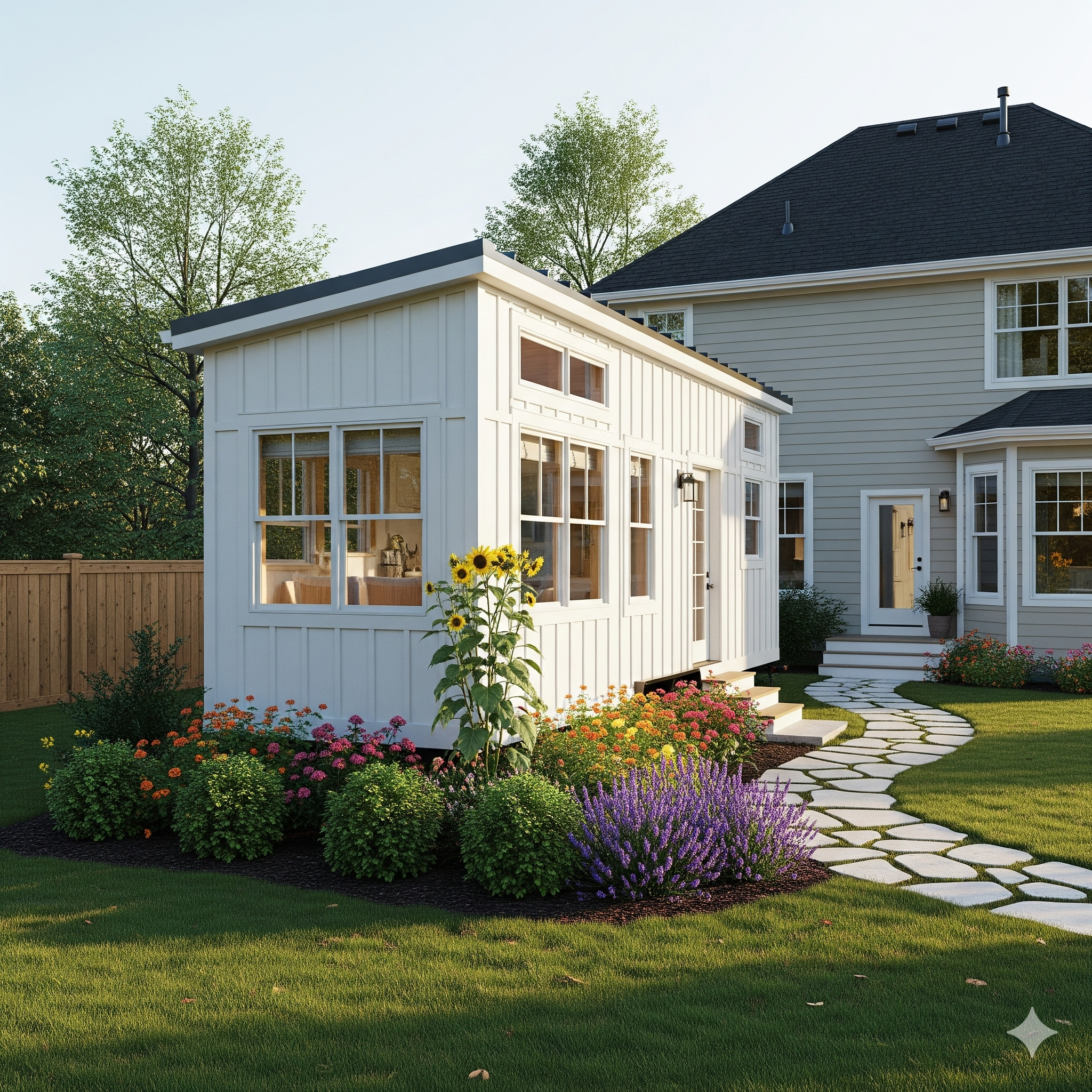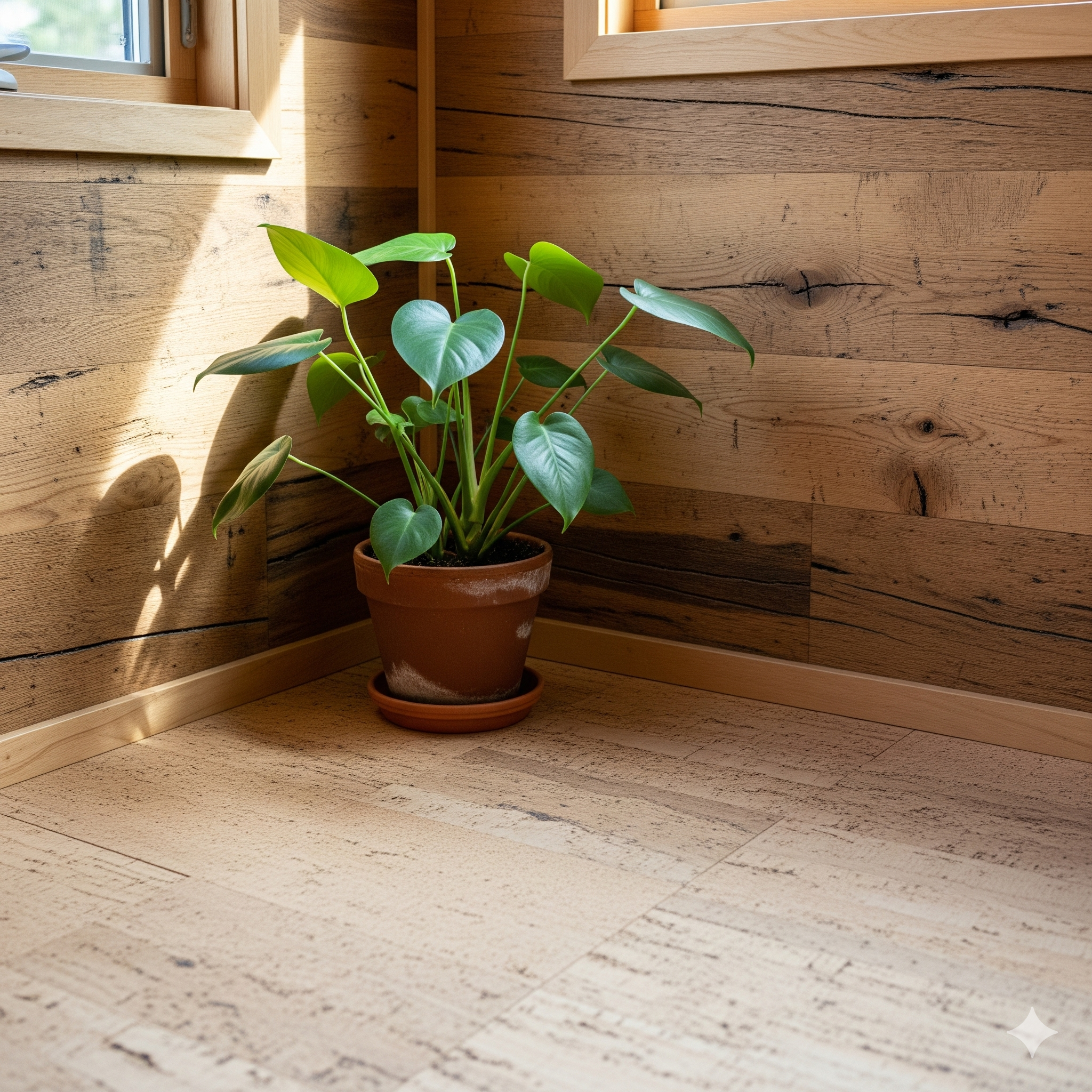Tiny Home Laws: A Guide to Zoning
Navigating tiny home laws and zoning regulations can be tricky. Our guide breaks down the legal steps for building a tiny house in the U.S.
The Legal Maze: A Guide to U.S. Tiny Home Laws and Regulations
You’ve designed your perfect tiny house, planned the layout, and chosen your materials. But there is a crucial, often-overlooked hurdle that can stop a project in its tracks before the first nail is hammered: the law. The single most important part of your tiny home journey is understanding the complex web of tiny home laws, building codes, and local ordinances that govern where and how you can build and live. It’s a landscape that can be confusing and varies dramatically from one town to the next, but it is not impassable.
At NeatTinyHome.com, we believe that a successful tiny life is a legal one. This guide is designed to be your compass for navigating the legalities of tiny living in the United States as of September 2025. We will demystify the key concepts, from the critical difference between a house on wheels and one on a foundation, to the intricacies of zoning regulations and building codes. While we can’t provide specific legal advice for your town, we will equip you with the right questions to ask and point you to the resources you need to build your dream home on the right side of the law.
The Two Paths: THOWs vs. Foundation Homes
The first and most important distinction in the world of tiny home laws is the foundation. How your home meets the ground fundamentally changes how it is classified by the government. There are two primary categories:
- Tiny House on Wheels (THOW): Legally, a THOW is most often considered a Recreational Vehicle (RV). This means it doesn’t have to comply with traditional building codes but must adhere to Department of Transportation rules for road travel. The key benefit is mobility, but the major challenge is finding a legal place for full-time living, as many municipalities restrict permanent RV occupancy outside of designated RV parks. For greater acceptance in these parks, obtaining a certification from the RV Industry Association (RVIA) is often essential.
- Tiny House on a Foundation: A tiny house built on a permanent foundation (like a slab or crawl space) is legally considered a permanent dwelling. This means it must comply with all local building codes and zoning regulations, just like a traditional house. While this path involves more permits and inspections, it provides a more secure and legally stable form of housing. This type of home is often classified as an Accessory Dwelling Unit (ADU) if it’s a secondary home on a property with a larger main house.
Navigating Zoning Regulations and Building Codes
Once you’ve chosen your path, you’ll encounter two sets of rules: zoning and building codes. It’s vital to understand the difference. Zoning dictates the use of land in a community—what can be built where. Building codes dictate the method of construction—how it must be built for safety. The biggest hurdle in most zoning regulations for tiny homes on foundation is minimum square footage requirements, which historically made tiny living impossible. Fortunately, this is changing. The most significant step forward has been the adoption of Appendix Q into the International Residential Code (IRC), the model building code used across the U.S. As detailed by the International Code Council (ICC), this appendix provides specific, national standards for tiny homes on foundations (under 400 sq. ft.), covering things like ladder access to lofts and reduced ceiling height requirements. If your local municipality has adopted Appendix Q, it’s a huge green light for your project.
To start your research, you must contact your local planning and building department directly. The table below outlines the key questions you need to ask to get a clear picture of the tiny home laws in your area.
| Legal Area | Key Question for Your Municipality | Common Hurdles |
|---|---|---|
| Zoning | “Are tiny homes (as ADUs or primary dwellings) permitted in this zone? What are the minimum lot size and setback requirements?” | Minimum square footage rules; restrictions on multiple dwellings per lot. |
| Building Codes | “Has this jurisdiction adopted IRC Appendix Q for tiny houses? What are the requirements for egress and foundations?” | Specific egress window sizes, stair vs. ladder rules, frost line depth for foundations. |
| RV Status (THOW) | “Can an RV be lived in full-time on private property? Are there time limits for occupancy outside of an RV park?” | Occupancy time limits (e.g., 30-180 days), rules against permanent utility hookups. |
Promising Developments and Tiny-Friendly Places
While the legal side can seem daunting, the landscape for tiny home laws is improving every year. Advocacy groups like the American Tiny House Association are working tirelessly to educate municipalities and promote friendly legislation. An increasing number of states and cities are recognizing tiny homes as a viable solution to housing shortages and are proactively changing their laws. States like California, Oregon, and Colorado have led the way with more permissive statewide regulations. Cities like Fresno, California, have become famous for their progressive approach to zoning regulations, making it relatively easy to place a tiny home in a backyard as an ADU. You can often find detailed information directly on a city’s government website, like this example from the City of Portland’s Zoning Code page. The key is to do your research, as these friendly zones are still the exception rather than the rule. For more general information on these topics, legal resources like Nolo.com provide excellent plain-English explanations of how zoning works.
Final Thoughts: Due Diligence is Your Best Friend
Navigating the legal path to tiny living is a marathon, not a sprint. It requires patience, persistence, and a lot of research. From my experience, the families and individuals who succeed are those who approach their local officials with respect, armed with well-researched questions and a clear plan. Do not buy land or a tiny house until you have written confirmation from your local authorities that your project is compliant. While it’s a lot of upfront work, achieving a fully legal and approved tiny home provides a foundation of security and peace of mind that is truly priceless.
What Are the Laws in Your Town?
Have you researched the tiny home laws in your area? What has been your biggest challenge or surprise? Share your experiences with navigating local zoning regulations in the comments below!
Frequently Asked Questions
Can I just buy land and put a tiny house on it?
Rarely. Most undeveloped land is subject to strict zoning regulations that may dictate a minimum home size far larger than a tiny house. You must verify that the zoning for that specific parcel of land allows for a dwelling of your intended size and type before you buy.
What is an ADU?
ADU stands for Accessory Dwelling Unit. It is a secondary housing unit on a single-family residential lot. Many cities that are friendly to tiny homes allow them to be placed in backyards as ADUs, which is currently the most common legal path for tiny homes on foundations.
What happens if I build a tiny house illegally?
The consequences can be severe. You could face daily fines, be forced to remove the structure, and potentially have to pay for the cost of demolition. It is never advisable to ignore local tiny home laws and hope you don’t get caught. The financial and emotional risk is far too high.





Post Comment